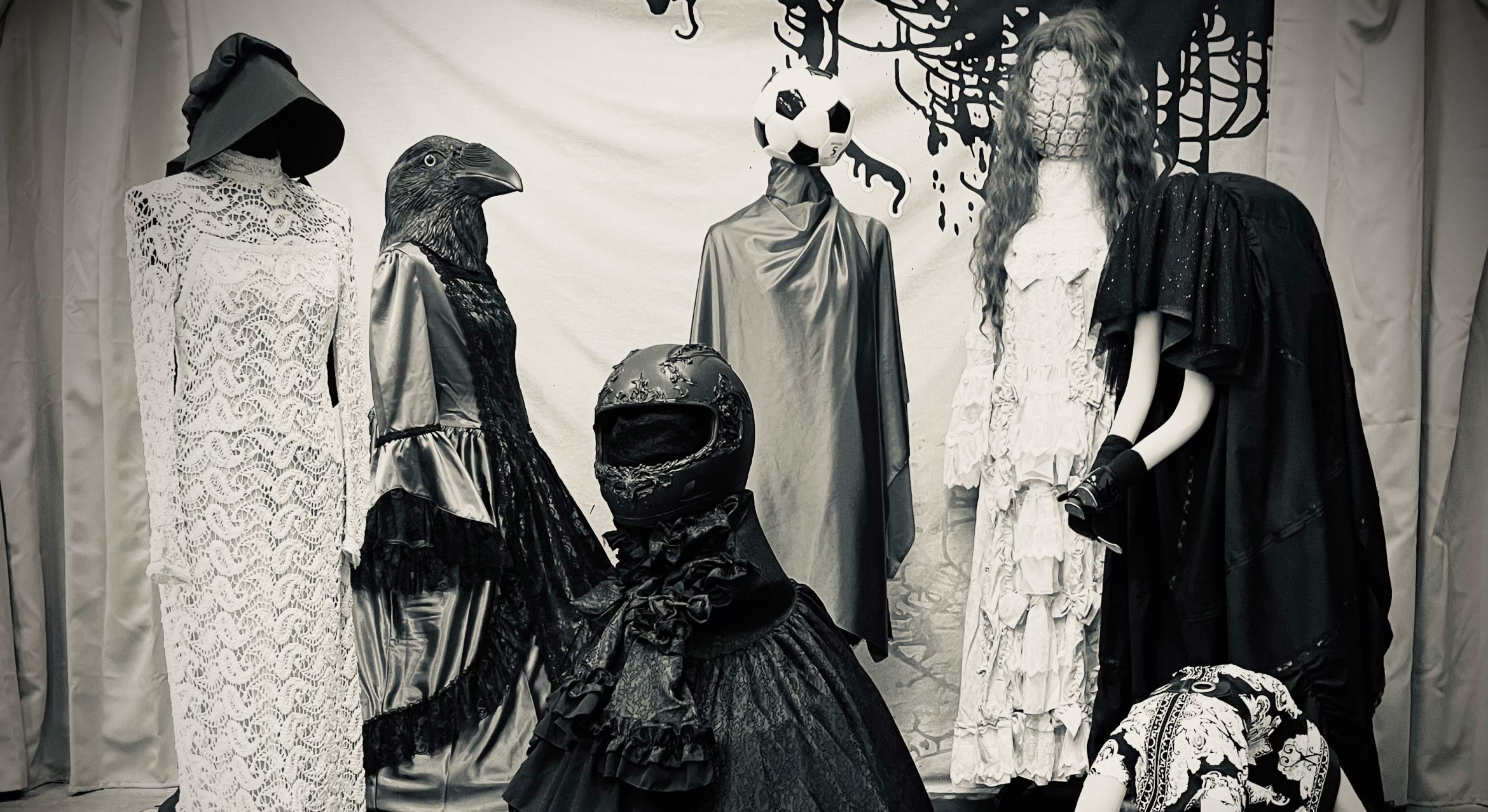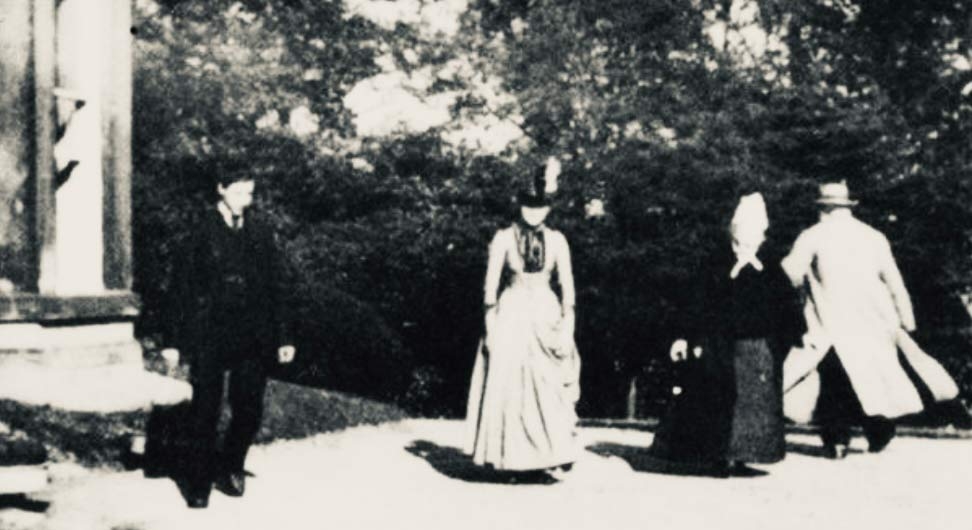
In a forgotten corner of film history, a three-second clip from 1888 captures four figures walking in circles in a garden — a fleeting moment of life, now preserved as the oldest surviving film. This brief glimpse, “Roundhay Garden Scene” by Louis Le Prince, forms the foundation of UC Santa Barbara art professor Jane Callister’s latest work, “Movie Minds: Memories of Film.” Callister’s project, which she began two years ago with a Faculty Research Grant, dives into film history and blends it with surreal imagery. Her work combines black-and-white photographs, life-sized sculptures and images of them printed on aluminum inspired by Victorian-era photography.
“I wanted to explore the fragility of memory, how it distorts over time, and how film — through fragmented narratives — creates a space for the viewer’s imagination to fill in the gaps,” Callister explained.

A central feature of her new work is the series “Headshots,” where masked, anonymous figures — some inspired by small figurines Callister created during the pandemic — appear in both eerie photographs and sculptures. The series presents disjointed scenes that evoke the strange nostalgia of recalling a movie from just a single image.
“As a whole, the work is both silly and sinister simultaneously,” said Callister, “moving backwards and forwards through the history of film and photography it is both nostalgic and suggestive of a larger interior world we create in our own minds.”
Select pieces from “Movie Minds” are currently on view at UCSB’s Glass Box Gallery in the Department of Art(Sept. 25-Oct. 4). Her related project, ”Imaginary Film Stills from a Movie that Never Existed,” can be seen at the Interdisciplinary Humanities Center’s (IHC) Platform Gallery throughout the year as part of IHC’s public events series, “Key Passages,” focused on “processes of transition and experiences of transformation — historical events, social movements, global dislocations, and journeys undertaken — that have altered thought, shifted cultural paradigms, or sparked other forms of consequential change.”



